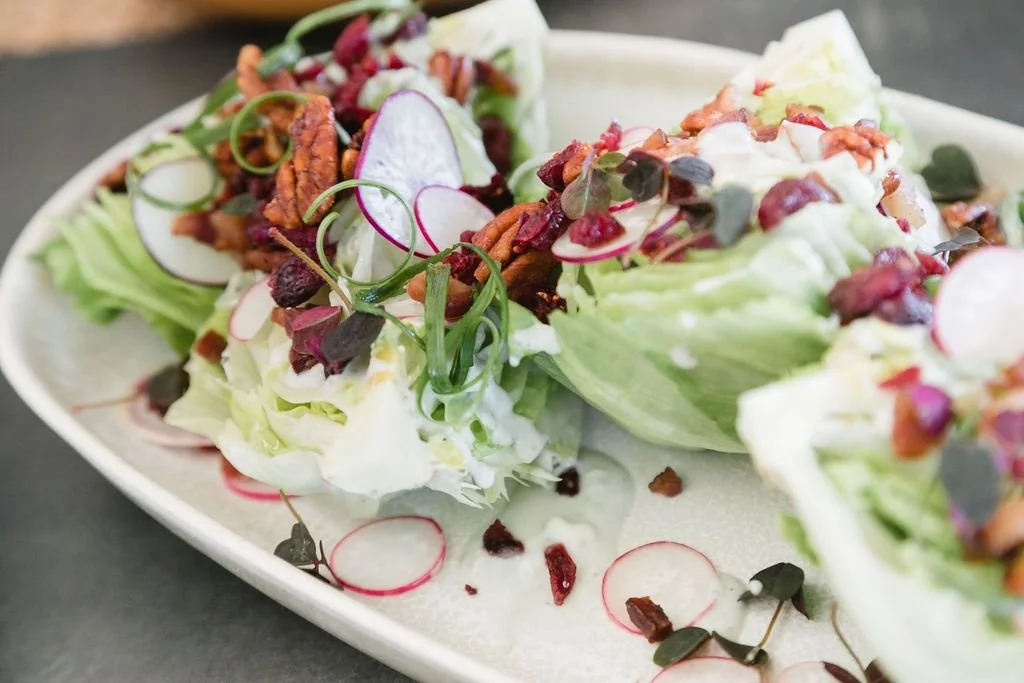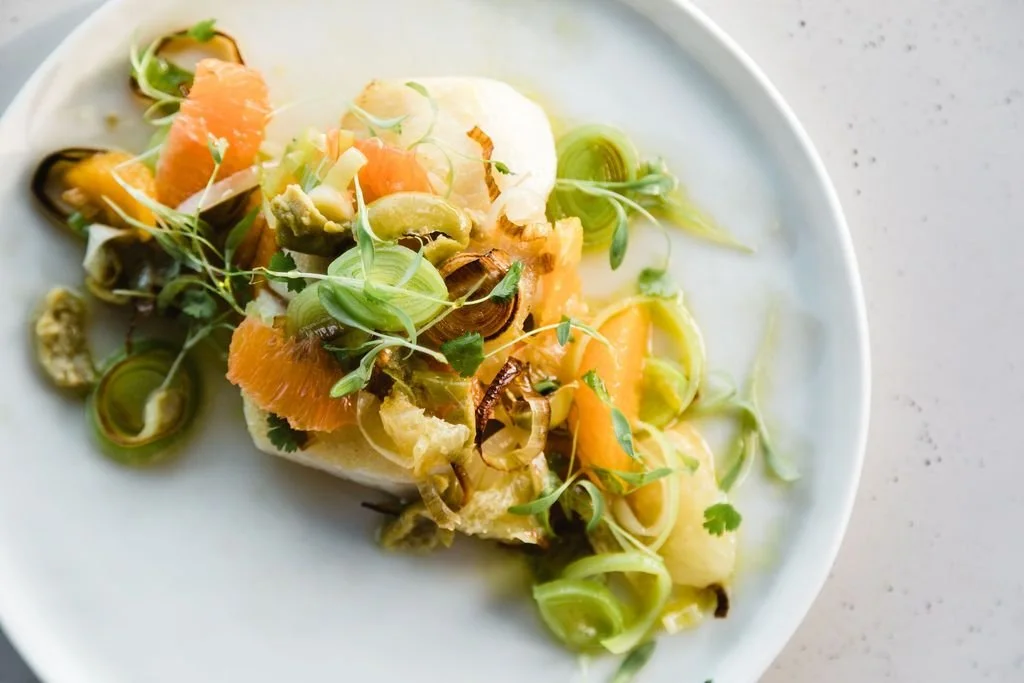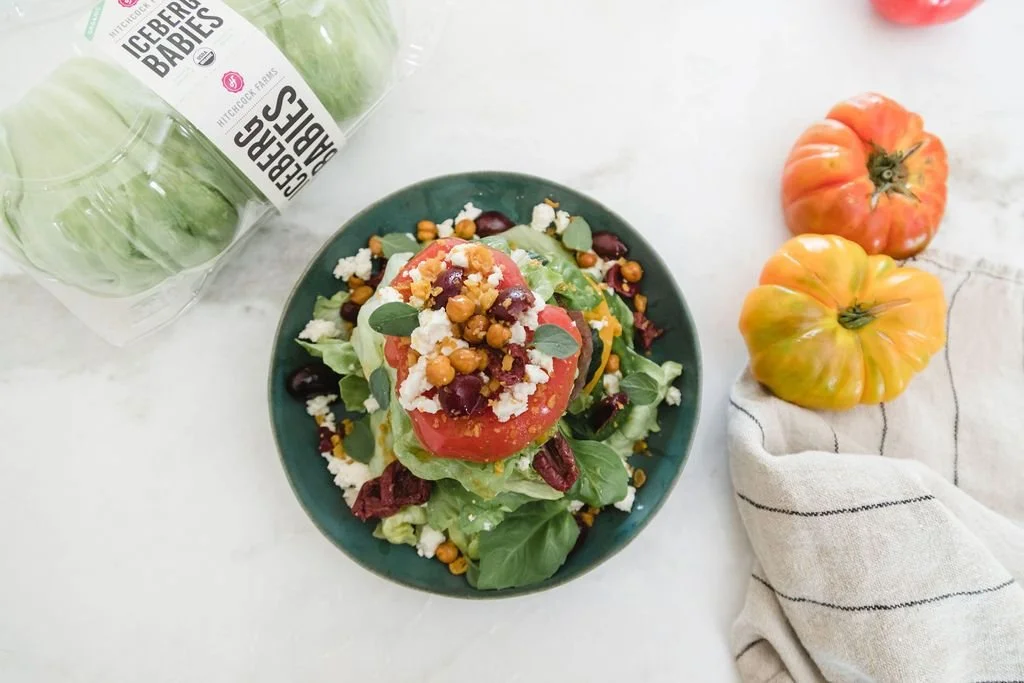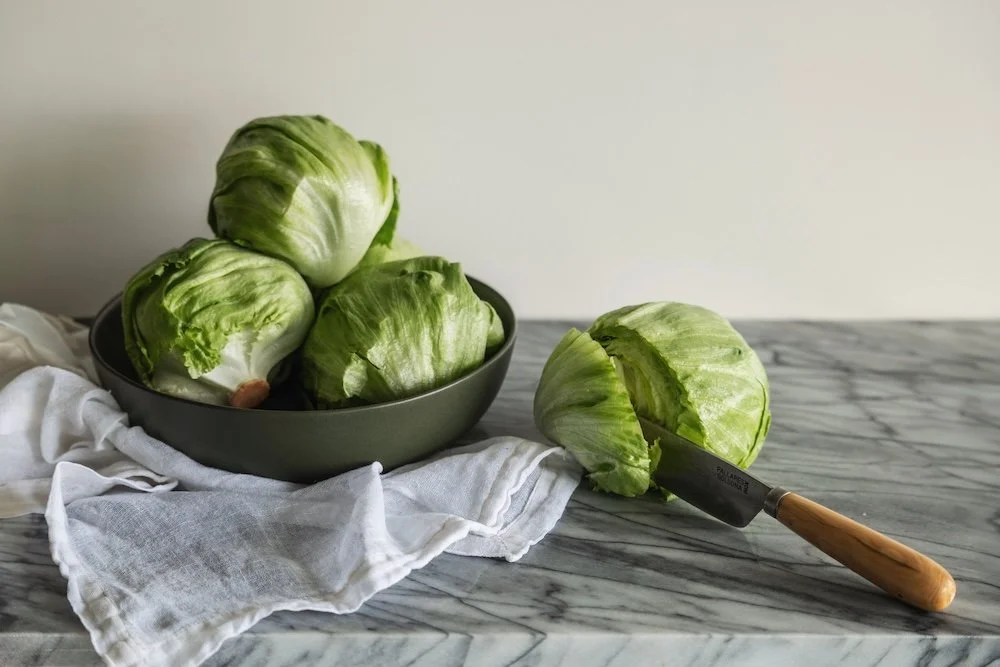Food presentation can turn an ordinary meal into a memorable dining experience.
At Hitchcock Farms, we understand that presentation is as important as flavor, especially when showcasing the vibrant colors of farm-fresh vegetables.
Below are some of our favorite ways to bring visual appeal and professional polish to every plate.
How Food Presentation is Evolving in 2025
Studies indicate that attractive plating strongly influences diners’ perceptions—making food seem fresher, more flavorful, and prepared with greater care.
In an era where photos drive restaurant choices, visual balance, color contrast, and thoughtful textures are essential parts of modern culinary plating.
Chefs are redefining plating through trends like:
Modern techniques inspired by molecular gastronomy, such as delicate foams or gelled accents, bring an element of science and creativity to presentation.
Interactive and narrative plating invites guests to become part of the dining experience, whether through dishes arranged to tell a visual story, elements revealed as the meal progresses, or components meant to be mixed, poured, or assembled at the table.
Some chefs favor geometric layouts, using molds and precise arrangements to create symmetrical, visually balanced presentations.
Minimalist plating highlights just a few key elements, allowing intentional negative space to frame and emphasize the ingredients.
Many chefs now use sustainable presentation materials, such as wooden boards, slate, or compostable plating, to reflect eco-conscious dining values.
Key Food Plating Techniques to Elevate Every Dish
Plan the Plate Layout
Center the Main Ingredient
Choose one dominant element and build around it. This keeps the plate cohesive and directs the diner’s attention.
Example: In Halibut with Leek Citrus Salsa, the halibut fillet anchors the plate while the citrus salsa frames it with color and movement.
Layer the Ingredients
Stack or layer components to create depth. It prevents flat or crowded plating and gives the dish a structured, balanced appearance.
Example: Our Iceberg Babies Stack Salad uses height to make simple ingredients look elegant.
Slice the Meat Horizontally
Cut meats thinly across the grain to reveal their natural color, maintain tenderness, and create uniform portions that fan or layer neatly for added visual depth.
Example: Arrange thin slices of grilled steak in overlapping layers to create a clean, professional look and highlight the contrast between the seared exterior and juicy interior.
Avoid Crowding the Plate
Maintain a tidy, well-balanced plate by keeping portions small and thoughtfully arranged.
Choose a few elements that work in harmony, and leave open space on the plate so each component stands out clearly.
Example: In our Iceberg Babies Steakhouse Wedge Salad, the generous open space around the colorful wedge lets its shape and textures shine without distraction.
Play with Color and Texture
Add Color Contrast to the Plate
Combine warm and cool tones or bright and neutral hues. Color variation signals freshness and draws the eye.
Example: In our Broccoli Burrata Crostini, the white burrata contrasts sharply with the green broccoli and ruby-red pomegranate seeds, creating a vibrant, balanced presentation.
Mix Different Textures
Pair soft with crisp, creamy with crunchy. Combining textures adds excitement and contrast to each bite.
Example: Curry Chicken Salad on Romaine Spears combines creamy chicken salad, crunchy romaine, and nutty pistachios for contrast in every bite.
Balance Warm and Cool Foods
Pair warm and chilled components for visual and sensory contrast that keeps the dish lively.
Example: Warm roasted carrots paired with chilled yogurt sauce create both visual and sensory contrast.
Enhance with Sauces and Garnishes
Design the Plate with Sauces
Use sauces purposefully, whether as a smooth base, a subtle brushstroke, or a defined accent, rather than scattered drizzles that draw attention away from the food.
Example: A thin pool of lemon butter beneath grilled shrimp adds flavor and a glossy accent without overwhelming the plate.
Choose Garnishes That Enhance Flavor
Every garnish should enhance taste or aroma. Choose ones that feel connected to the dish’s ingredients.
Example: Finely chopped parsley, black pepper, and shaved Parmesan add brightness and texture to the Pan-Seared Napa Cabbage, enhancing flavor without overpowering it.
Bonus Tips for Professional Presentation
Choose the right plate - Select dishware that reflects both your menu’s tone and the visual story you want each plate to tell. Light-colored plates highlight colorful ingredients, while darker stoneware enhances lighter foods. Rustic dishes suit organic, casual plating, while refined entrées look best on clean, minimalist setups.
Match presentation to your restaurant’s style - Design each plate to match your brand’s theme - elegant, minimalist presentation for fine dining, or hearty, rustic presentation for casual farm-to-table menus.
Use technology to support great presentation - Modern POS and kitchen display systems speed up order flow, giving chefs extra seconds to perfect plating details and send dishes out at the ideal temperature.
Use the right tools - Use precision tools like squeeze bottles, tweezers, and ring molds to apply sauces, place garnishes, and maintain clean lines and consistency in application.
Clean before serving - Wipe the rim and inspect the plate for smudges or stray crumbs. A spotless finish makes even a simple dish look polished and cared for.
Fresh Produce That Inspires Every Plate
A great presentation starts with great ingredients.
When dishes are built around vibrant, high-quality produce, their colors, textures, and freshness naturally stand out.
You can always count on Hitchcock Farms for premium vegetables that beautifully fill plates and satisfy every appetite for healthy dining.
FAQ
What are the five factors of food presentation?
The five key factors are:
Balance
Color
Texture
Contrast
Portion Size
For a great presentation, use these elements together.
Balance shapes and colors, combine crisp and smooth textures, and portion thoughtfully to make each plate visually appealing and easy to enjoy.
How can I keep the food presentation consistent during busy service?
Some kitchens rely on plating diagrams or reference photos to ensure consistency during peak hours.
Train cooks to follow the same plating order so every dish matches your standard.
Which plating tools should I use?
Use the right tools to achieve consistency, speed, and precision with every plate:
Squeeze bottles – drizzle sauces, oils, and purées with clean, controlled lines.
Ring molds – shape salads, grains, or desserts into neat, uniform portions.
Offset spatulas – lift and position delicate items while keeping edges clean.
Tweezers or plating tongs – place small garnishes precisely where they belong.
Silicone brushes or plating wedges – add artistic swipes or smooth sauce patterns.
Plating spoons – portion sauces evenly and apply with precision.
Decorating brushes – paint purées or glazes onto the plate for a polished, refined finish.
Shavers – slice cheese, chocolate, or truffles into thin, delicate layers for garnish.
Heat lamps – keep plated dishes warm and ready while you add final touches.









